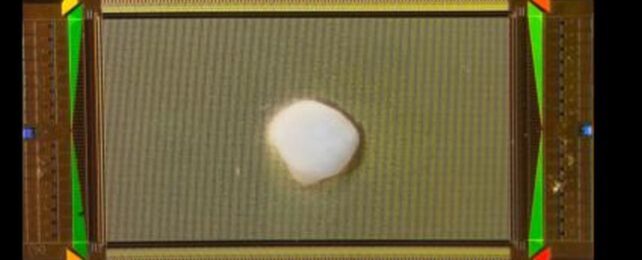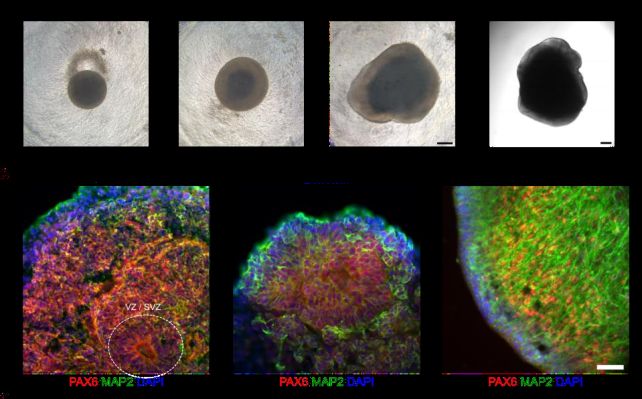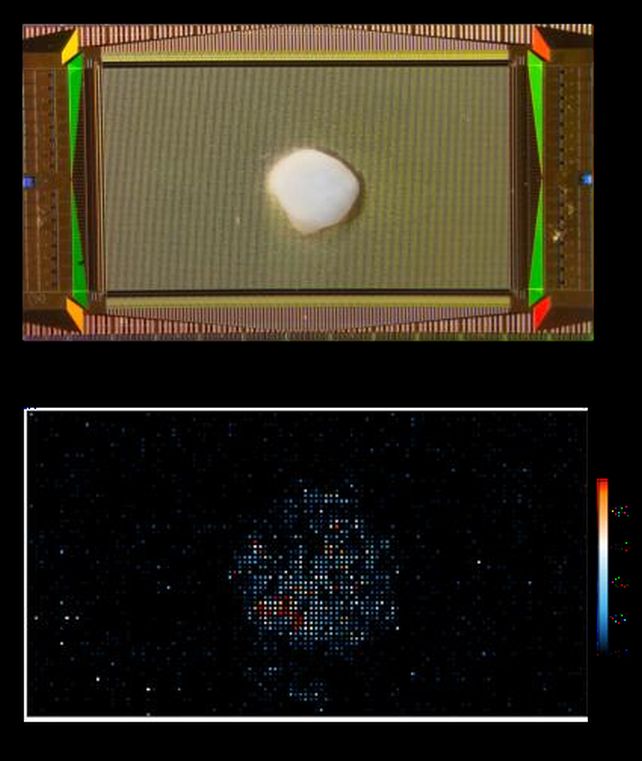
There is no computer even remotely as powerful and complex as the human brain. The lumps of tissue ensconced in our skulls can process information at quantities and speeds that computing technology can barely touch. Key to the brain’s success is the neuron’s efficiency in serving as both a processor and memory device, in contrast to the physically separated units in most modern computing devices.

The human brain is kind of jaw-droppingly amazing. It contains an estimated 86 billion neurons, on average, and up to a quadrillion synapses. Each neuron is connected to up to 10,000 other neurons, constantly firing and communicating with each other. To date, our best effort to simulate the activity of the brain in an artificial system barely scratched the surface.

Guo and his colleagues sought a different approach using real human brain tissue grown in a lab. Human pluripotent stem cells were coaxed into developing into different types of brain cells that organized into three-dimensional mini-brains called organoids, complete with connections and structures.
These aren’t true brains, but simply arrangements of tissue without anything resembling thought, emotion, or consciousness. They’re useful for studying how the brain develops and works, without poking around in an actual human.

They also asked Brainoware to predict a Hénon map, a dynamical system that exhibits chaotic behavior. They left it unsupervised to learn for four days – each day representing a training epoch – and found it was able to predict the map with better accuracy than an artificial neural network without a long short-term memory unit.
Brainoware was slightly less accurate than artificial neural networks with a long short-term memory unit – but those networks had each undergone 50 training epochs. Brainoware achieved close to the same results in less than 10 percent of the training time.
The research has been published in Nature Electronics.
https://www.sciencealert.com/scientists-built-a-functional-computer-with-human-brain-tissue